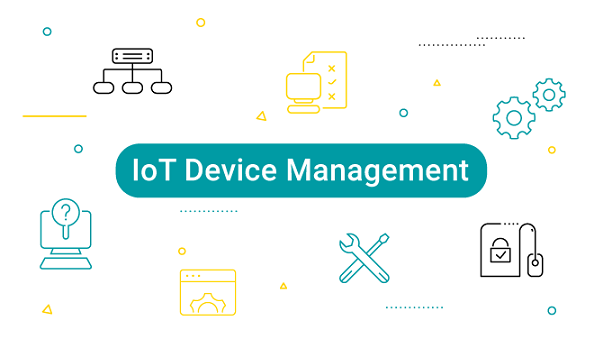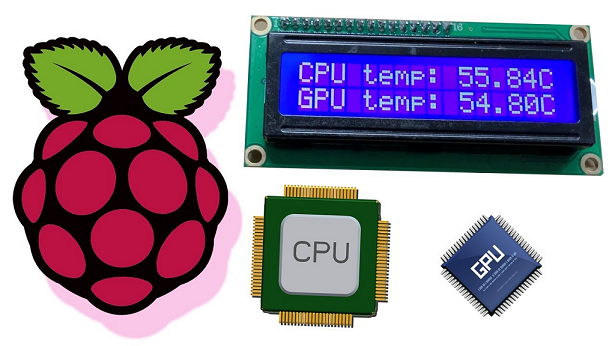The Imperative Nature of IoT Monitoring for Raspberry Pi Devices
The Essence of IoT Monitoring
In the constantly evolving realm of technology, IoT monitoring has established itself as a quintessential aspect for the seamless functioning of myriad devices, including the Raspberry Pi. IoT monitoring equips people with the capability to surveil their devices remotely, yielding invaluable data and insights indispensable for maintaining optimal performance. This functionality proves particularly paramount for Raspberry Pi users, who deploy their devices in an array of applications ranging from rudimentary hobbyist projects to intricate industrial systems.

The Versatility of Raspberry Pi in IoT
Raspberry Pi, with its robust versatility and cost-effectiveness, has permeated countless projects and innovations. Its widespread adoption is attributable to its capability to manage a plethora of tasks, supported by its potent hardware and a fervent community. For a multitude of enthusiasts and professionals alike, to monitor raspberry pi devices is of utmost importance. This encompasses the surveillance of the CPU temperature and the health of the SD card, both critical to the device's durability and reliability.
The Imperative of Monitoring CPU Temperature
Monitor CPU temperature of raspberry pi is crucial to averting overheating, which can precipitate performance degradation or hardware failure. The CPU temperature can be monitored via an assortment of tools and software available online. By diligently monitoring the temperature, users can implement preemptive measures to mitigate overheating, such as enhancing ventilation or integrating cooling fans. Consistent monitoring is pivotal in circumventing thermal-related issues and prolonging the lifespan of the Raspberry Pi.

Ensuring SD Card Health
The SD card in a Raspberry Pi is another vital component necessitating regular scrutiny. SD cards, particularly under intensive read/write operations, are susceptible to wear and degradation. Monitor Sd card health of raspberry pi facilitates early detection of potential failures, enabling users to replace the card promptly and obviate data loss. Numerous tools offer comprehensive reports on the SD card's health status, ensuring users can uphold their data's integrity and the device's operational efficacy.
Advanced Tools for IoT Monitoring
An array of sophisticated tools and platforms are available for IoT monitoring tailored to Raspberry Pi devices. These tools provide extensive features, allowing users to surveil various parameters, including CPU temperature and SD card health. Platforms such as RemoteIoT furnish detailed guides and software solutions, assisting users in establishing monitoring systems for their Raspberry Pi devices. These platforms are invaluable, offering meticulous instructions and support for both novices and seasoned users.
Implementation of IoT Monitoring on Raspberry Pi
The implementation of IoT monitoring on a Raspberry Pi entails a series of methodical steps. Initially, users must select appropriate monitoring tools that align with their specific requirements. Following tool selection, users can adhere to the installation and configuration guidelines provided by the software or platform. Many of these tools feature user-friendly interfaces and dashboards, facilitating effortless tracking of the Raspberry Pi's performance metrics. Additionally, some platforms enable remote monitoring, granting users the ability to access their devices globally.
Multifaceted Benefits of IoT Monitoring
The multifaceted benefits of IoT monitoring for Raspberry Pi devices are substantial. It empowers users to ensure their devices operate within safe parameters, thus preempting potential damage and operational disruptions. By monitoring critical metrics such as CPU temperature and SD card health, users can make informed decisions regarding maintenance and upgrades. Furthermore, IoT monitoring can enhance device security by alerting users to anomalous activities or potential threats, thereby safeguarding both hardware and data.
Navigating Challenges and Solutions
Despite the numerous advantages, IoT monitoring also presents certain challenges. The setup and configuration of monitoring systems can be intricate, particularly for individuals unacquainted with IoT and Raspberry Pi. However, a plethora of online resources, including tutorials and community forums, are available to aid users in surmounting these challenges. Moreover, continuous advancements in IoT technology are rendering monitoring tools increasingly accessible and user-friendly, thereby lowering the entry barrier for new users.The Future Trajectory of IoT Monitoring
The trajectory of IoT monitoring portends a promising future, with ongoing developments aimed at augmenting the functionality and user-friendliness of monitoring tools. For Raspberry Pi users, this heralds more sophisticated and intuitive solutions, offering deeper insights into device performance. As IoT technology evolves, the integration of artificial intelligence and machine learning is poised to revolutionize monitoring practices, facilitating predictive maintenance and more astute device management.
Conclusion
In summation, IoT monitoring is an indispensable practice for Raspberry Pi users. By vigilantly monitoring crucial metrics like CPU temperature and SD card health, users can ensure the longevity and reliability of their devices. With the plethora of available tools and resources, implementing IoT monitoring is increasingly straightforward. Adopting these practices not only sustains optimal performance but also significantly enhances the overall user experience, rendering IoT monitoring an essential facet of Raspberry Pi usage.
